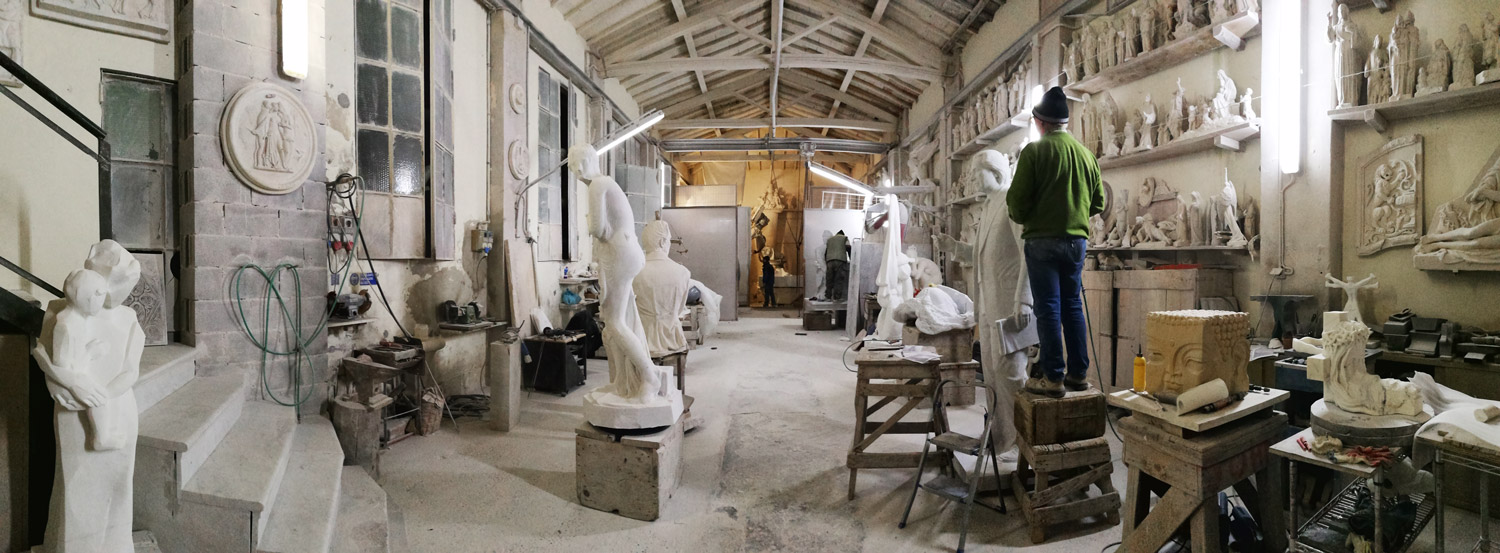

3D printing allows you to create three-dimensional objects through additive manufacturing, starting from a digital model. This is processed in a software that allows you to optionally choose different parameters. Its realization can be performed using various technologies, including the one that builds the prototypes layer by layer, through a three-dimensional printing process level by level. The great advantage of this technology is that it has allowed the reduction of costs related to prototyping. In fact, today it is possible to obtain a prototype at a price very close to that of the final product.
3D printing was born in 1986, with the invention of stereolithography which uses photosensitive resins solidified through a UV source. Later, new printing techniques and countless materials were developed, including polymers, metals and clay. In the artistic context, it is mainly used to create 3D models of sculptures, but also directly for printing the final product following the advent of ever larger printers. Currently, the real limit of printing is the cost of the final product which still does not allow use on a large scale, as happens for example in the case of subtractive production techniques.
Starting from a sketch, our laboratory can create a clay or digital model.
Digital models can be created either by digitally sculpting (digital sculpting), or by scanning real models with a 3D scanner or photogrammetry.
Each technique has its advantages and disadvantages and it is not always preferable to resort to technology. The fundamental thing is to opt for strategies that allow the development of project in full control and safety and that are also able to bring an economic advantage over other equally satisfactory strategies.
In order to be able to better control our projects, our technical study is able to simulate their development from the initial phase to the final test. The aim is to ensure the feasibility of the initial idea by planning each phase meticulously. We are structured to provide the artist with the necessary support already in the design phase.
To this end, we realized the importance of being able to carry out projects on an adequate scale from the earliest stages of the study. These simulations are necessary to:
With this in mind, we approached 3D printing in order to create scale models, which will also be useful later for the stonemason to double-check the shapes and surfaces of the sculptures. We can therefore best present a project in order to study its criticalities and strengths.